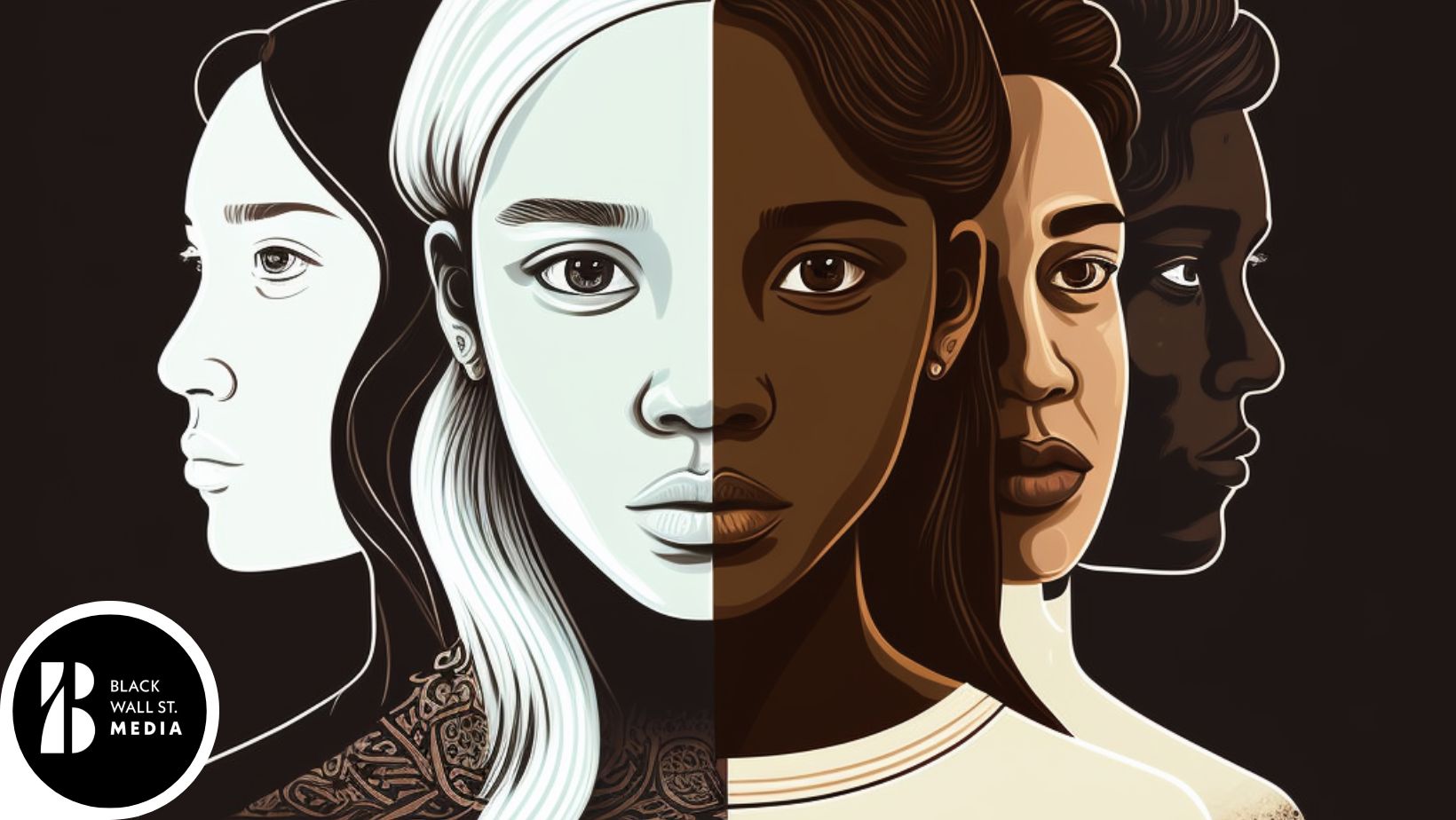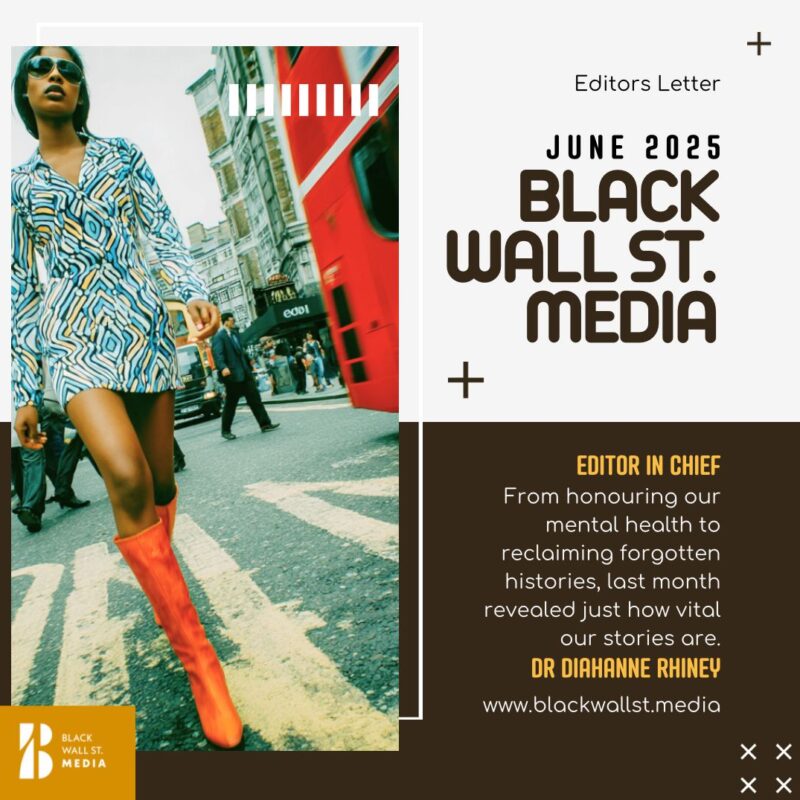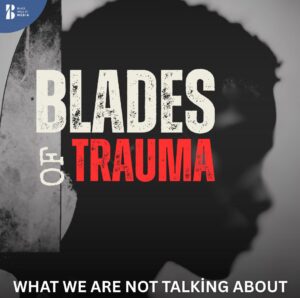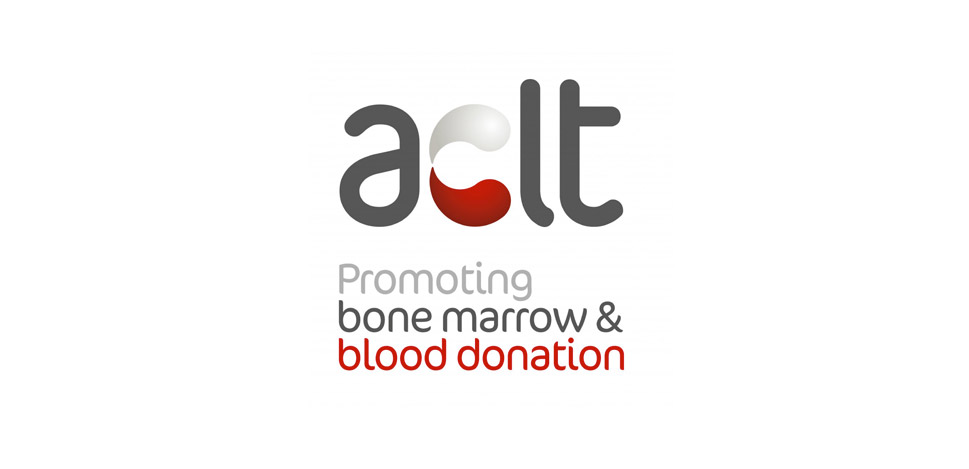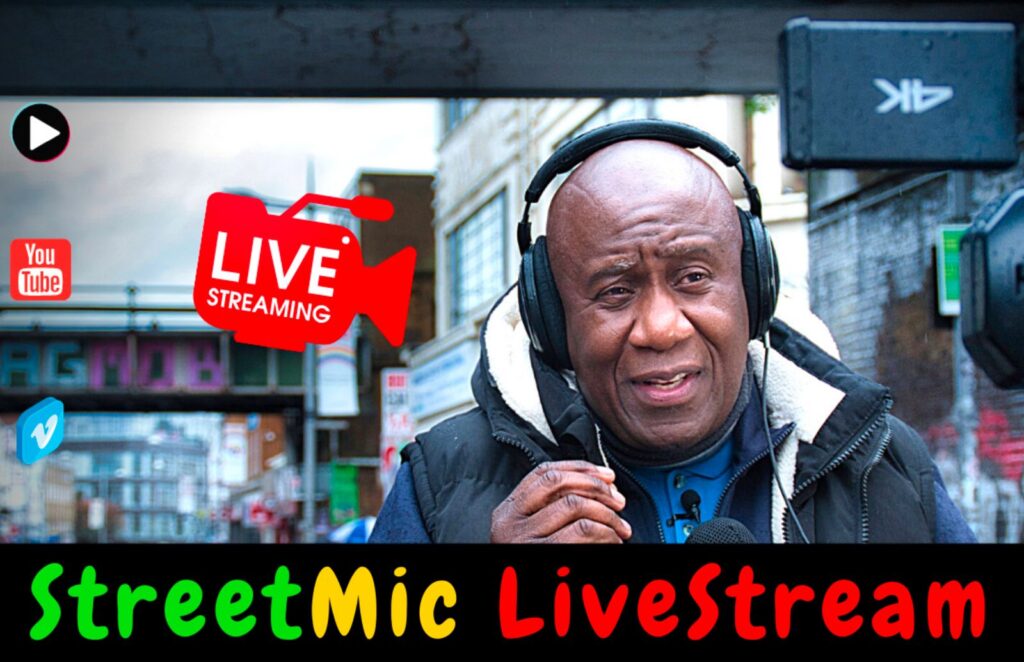Mental Health
TODAY is the third day of Mental Health Awareness Week in the U.K.
“”
Ryan ClementContributor
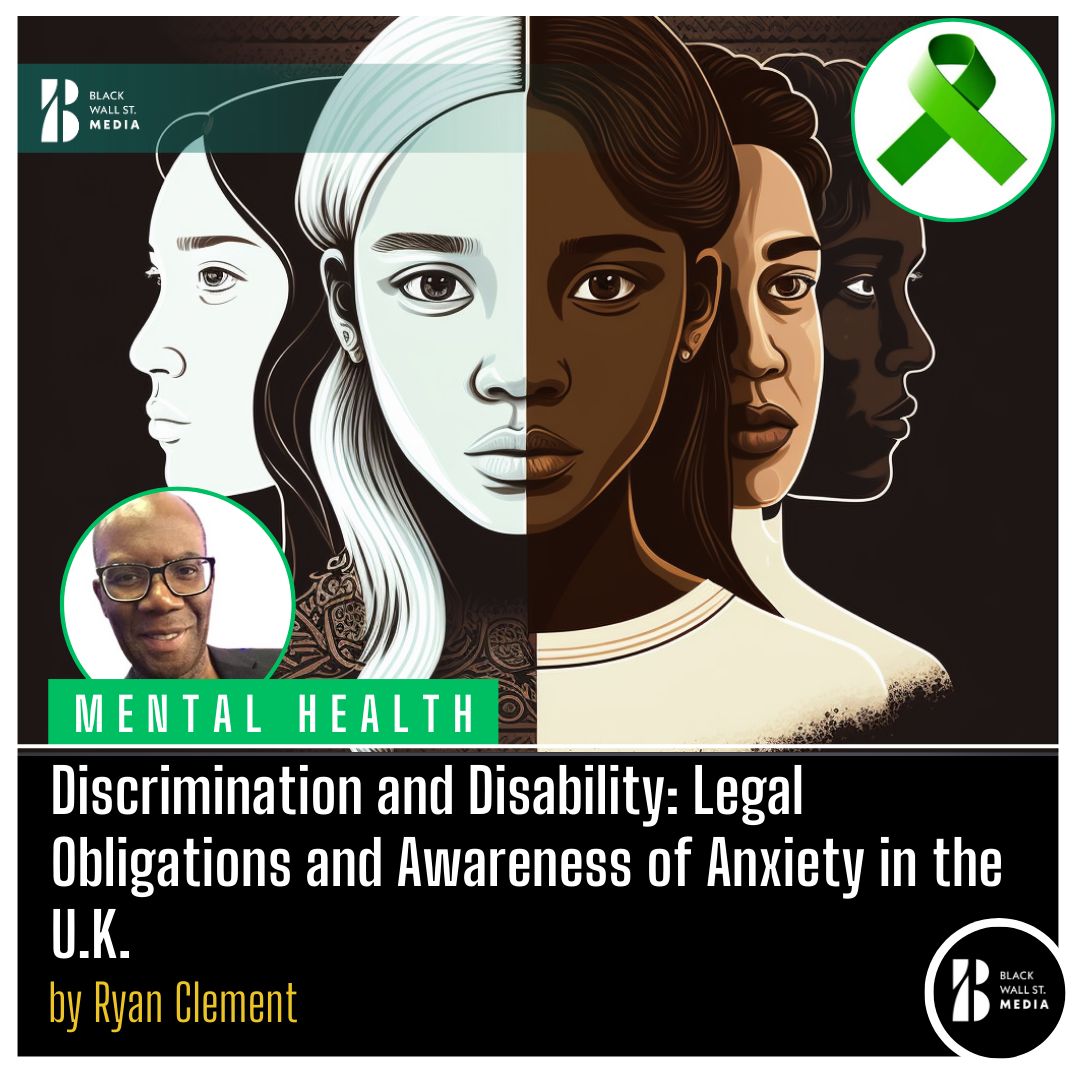
This year’s theme is ‘anxiety.’ I have read various statistics as to the percentage of people believed to be suffering from anxiety or anxiety & depression in the U.K. for various reasons.
Whichever figures one relies on, it is high, too high. Although some of the data relied on is somewhat old, MIND’s published information is generally in line with what is reported. It reports that (How common are mental health problems?): 1 in 4 people will experience a mental health problem of some kind each year in England; 1 in 6 people report experiencing a common mental health problem (like anxiety and depression) in any given week in England.
In any given week in England: Mixed anxiety and depression: 8 in 100 people; and Generalised anxiety disorder (GAD): 6 in 100 people.
Earlier this year, along with other HR professional, I attended one of Mental Health First Aid and Wellbeing Trainer, Esther Thomas‘ excellent online seminars.
She shares her top tips for coping with anxiety – BEST ME. Her video can be seen HERE
The previous blog was based on knowledge. s.15 of the Equality Act 2010 states that, “A person (A) discriminates against a disabled person (B) if—(a) A treats B unfavourably because of something arising in consequence of B’s disability, and (b) A cannot show that the treatment is a proportionate means of achieving a legitimate aim. (2) Subsection (1) does not apply if A shows that A did not know, and could not reasonably have been expected to know, that B had the disability.”
Note that, unlike with direct discrimination, in addition to the employer showing that its treatment of the disabled employee is a proportionate means of achieving a legitimate when it knows that the employee is disabled, there is a defence open to the employer where it can show that it did not know, and could not reasonably have been expected to know, that the employee had the disability in question.
It is important to note that the last does not simply mean that the words ‘anxiety,’ for example, has to be used in order for the employer to have known or to have reasonably been expected to have known that the employee had the impairment/disability.
This is where training staff to recognise symptoms is crucial.
For example, the following through disclosure or, where applicable, observation might be enough to put the trained employer on noticed that an employee is suffering from ‘anxiety’:
Effects of anxiety on your body
It is important to note that when with dealing with a disabled employee, it is not necessarily about treating everyone the same.
For example, to avoid a claim of discrimination arising from disability or failing to make reasonable adjustmentsare based primarily on not treating the disabled person the same as a none disabled person. So it is important to bear this in mind.
As with all protected characteristics, it is unlawful to harass an employee. Many lay people tend to confuse bullying with harassment. However, the former will only relate to the latter if it related to a protected related characteristic such as sex, race, age, gender reassignment, religion and belief, sexual orientation and, of course, disability.
Importantly, what is unwanted conduct for one person may not be so for another; hence the banter v harassment debate, which its beyond the scope of this blog. However, it should be noted that in deciding whether the relied upon conduct has the effect, the perception of the harassed; the other circumstances of the case; and whether it is reasonable for the conduct to have that effect must be taken into account.
Victimisation – s.27 Equality Act 2010
Therefore, for the purposes of this blog, if an employee complains that they believe they are being treated badly because of their anxiety and disability, they have done a ‘protected act.’ Protected from what? Protected from suffering, for example, a detriment because of their complaint.
Tomorrow, I shall introduce the concept of PCPs and their relevance to reasonable adjustments and indirect discrimination. Tomorrow’s blog is titled, ‘Provision, Criterion or Practice.’
Ryan Clement, LLM, BA, BSc, Barrister
“”
Ryan ClementContributor

